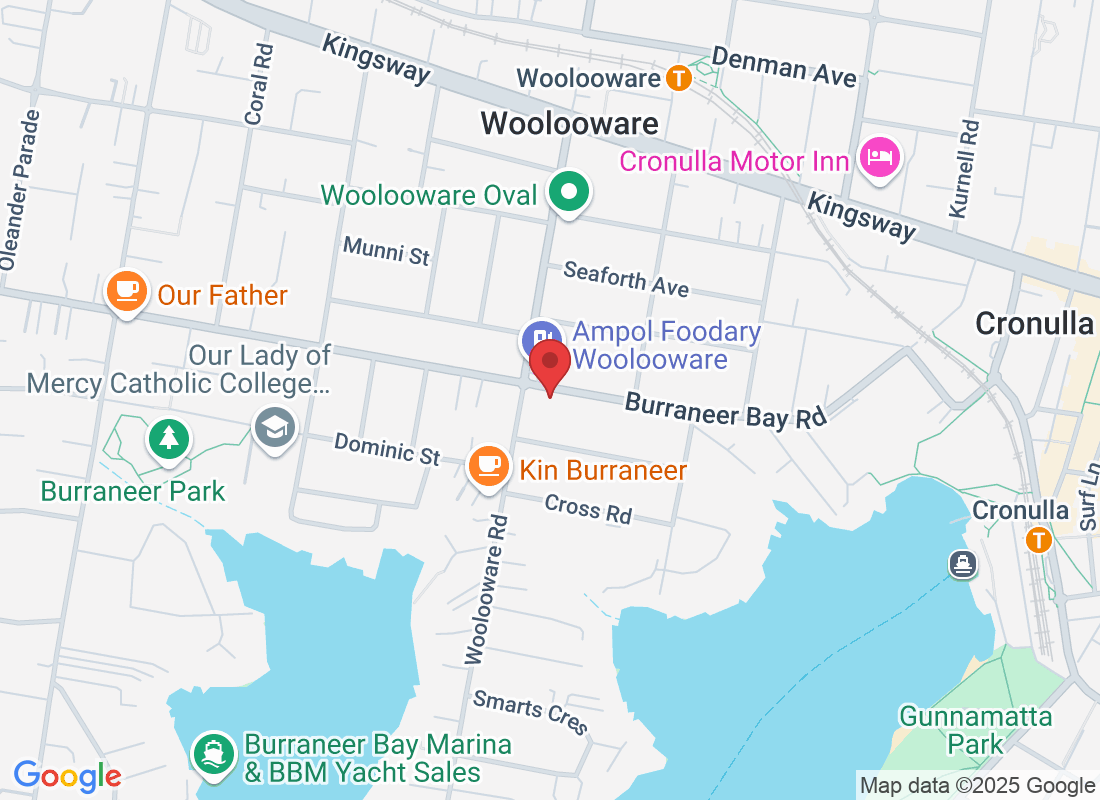
Sciatica or Something Else? How to Tell the Difference
If you’ve ever experienced sharp, shooting pain down your lower back, buttock, and leg, you might think it’s sciatica. While sciatica is a common condition, it’s not the only one that can cause similar symptoms. Other conditions, like piriformis syndrome, sacroiliac joint dysfunction, or even a herniated disc, can mimic sciatica, making it difficult to pinpoint the root cause of your discomfort.
At Southside Physiotherapy, we often work with individuals who aren’t sure what’s causing their pain. Understanding the differences between sciatica and other conditions is the first step to finding effective relief. Let’s break down what sciatica is, what it isn’t, and how you can identify what might be behind your symptoms.
What Is Sciatica?
Sciatica occurs when the sciatic nerve—the largest nerve in the body—is compressed or irritated. This nerve runs from your lower back, through your hips and buttocks, and down each leg. When something presses on or inflames this nerve, it can result in:
Radiating Pain: Starting in the lower back or buttock and traveling down the back of the thigh, sometimes reaching the foot.
Numbness or Tingling: Along the path of the sciatic nerve.
Weakness: In the leg or foot, making movement more difficult.
Sharp or Burning Sensation: Especially when sitting or standing for extended periods.
These symptoms usually affect one side of the body and can vary in intensity, from mild discomfort to debilitating pain.
Could It Be Something Else?
While sciatica is one of the most well-known causes of leg and back pain, other conditions can produce similar symptoms. Here’s a closer look at some common conditions that are often confused with sciatica:
1. Piriformis Syndrome
Piriformis syndrome occurs when the piriformis muscle, located deep in the buttock, compresses the sciatic nerve. Unlike sciatica caused by a spinal issue, this condition originates in the muscle.
Key Differences:
Pain is often centered in the buttock and may not travel as far down the leg.
Symptoms are aggravated by sitting or activities like running.
2. Sacroiliac Joint Dysfunction
The sacroiliac (SI) joint connects the base of the spine to the pelvis. When this joint becomes irritated or inflamed, it can cause pain in the lower back and hips, sometimes radiating into the leg.
Key Differences:
Pain is more localized to the lower back and buttocks.
Movement, such as standing up from a chair, can trigger discomfort.
3. Herniated or Bulging Disc
A herniated disc occurs when the soft, gel-like center of a spinal disc pushes through its outer layer, pressing on nearby nerves. While a herniated disc can cause sciatica, it may also present with other symptoms.
Key Differences:
Pain is often sharp and worsens with bending, coughing, or sneezing.
Numbness or tingling may occur in specific areas, depending on which nerve is affected.
4. Spinal Stenosis
Spinal stenosis is the narrowing of the spinal canal, which can put pressure on nerves. This condition often develops gradually with age.
Key Differences:
Pain may occur in both legs, especially after standing or walking for extended periods.
Sitting often provides relief.
5. Peripheral Neuropathy
Peripheral neuropathy involves damage to peripheral nerves, often caused by diabetes or other conditions. This can lead to leg pain and numbness similar to sciatica.
Key Differences:
Symptoms may occur in both legs and are more likely to involve the feet.
Pain is often constant rather than activity-dependent.
How to Tell the Difference
Differentiating between sciatica and other conditions can be challenging without a proper evaluation. Here are a few steps to help identify what’s causing your symptoms:
Location of Pain: Pay attention to where the pain starts and travels. Sciatica typically begins in the lower back or buttock and radiates down one leg.
Triggers and Relief: Note what activities worsen or relieve the pain. For example, sciatica often feels worse when sitting, while spinal stenosis improves with sitting.
Additional Symptoms: Consider other sensations, such as numbness, tingling, or muscle weakness, and where they occur.
Why It’s Important to Identify the Cause
Getting the right diagnosis is crucial to effectively managing your symptoms. Treating sciatica caused by a herniated disc, for instance, involves different strategies than addressing piriformis syndrome or SI joint dysfunction. Misdiagnosis can lead to prolonged pain and frustration.
How Southside Physiotherapy Can Help
At Southside Physiotherapy, we understand the importance of pinpointing the root cause of your pain. Our team uses a thorough assessment process to evaluate your symptoms, movement patterns, and medical history. This allows us to tailor a treatment plan that targets the source of your discomfort, not just the symptoms.
Our approach may include:
Manual Therapy: To alleviate tension, improve mobility, and reduce pressure on the nerves.
Exercise Programs: Designed to strengthen supporting muscles and improve posture.
Education and Support: Helping you understand your condition and providing strategies to prevent recurrence.
Take the Next Step Toward Relief
If you’re unsure whether your symptoms are sciatica or something else, don’t wait to seek guidance. Addressing the issue early can prevent further complications and help you get back to doing what you love.
Contact Southside Physiotherapy today to schedule an evaluation. Let us help you get to the bottom of your pain and find a path to lasting relief.



